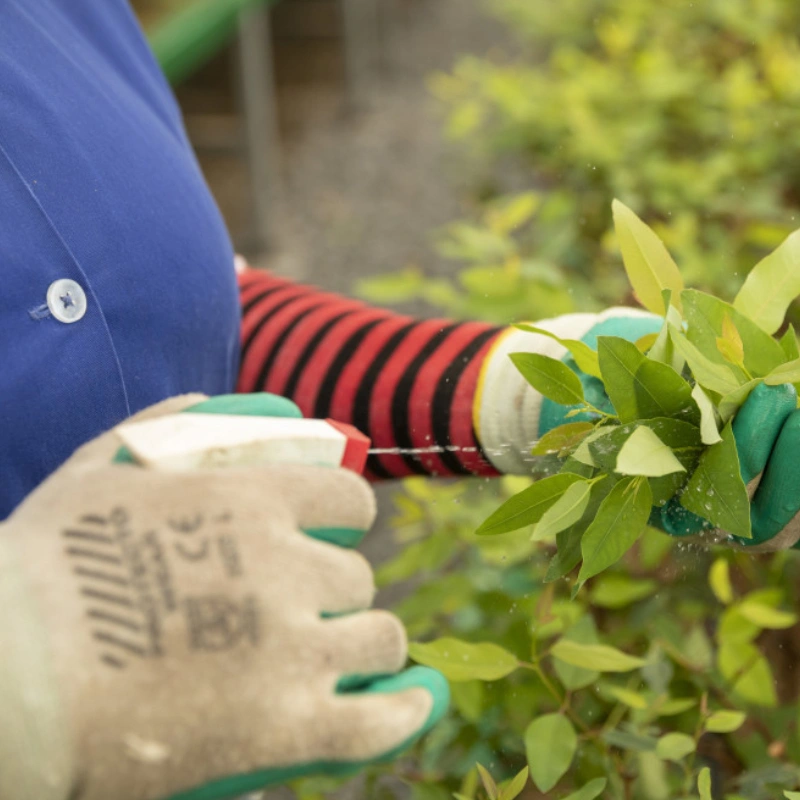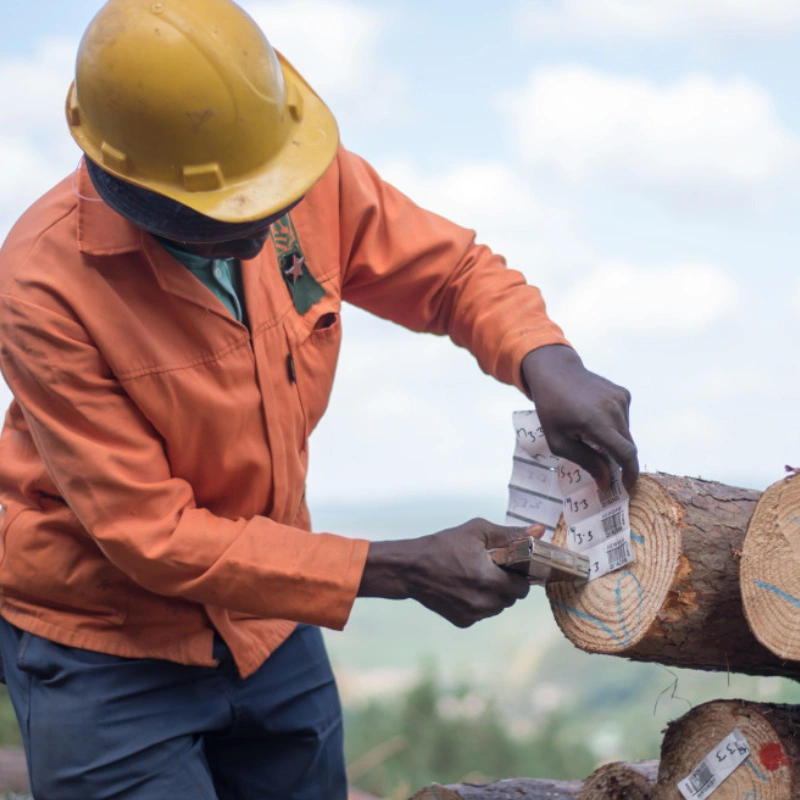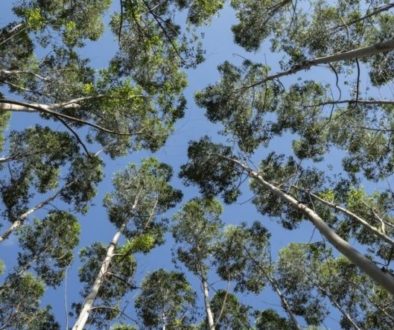If you’re looking for renewables, look no further than wood
MARCH 18, 2021 – The theme for this year’s International Day of Forests (IDF) is “Forest restoration: a path to recovery and well-being” and it’s one that resonates with the local forest industry.
“Many people don’t know that timber plantations in South Africa were originally established to provide an alternative timber supply, in order to protect our few natural forests from further deforestation,” says Jane Molony, executive director of the Paper Manufacturers Association of South Africa (PAMSA).
South Africa’s timber plantations cover 1.2 million hectares of land, and are located in five of the nine provinces. Forestry and its related industries are responsible for hundreds of products – and many thousands of jobs. Approximately 150 000 South Africans are employed by these industries, which contribute R62 billion to the country’s economy annually.
But misconceptions abound – that wood and paper products are somehow less environmentally friendly, and that timber plantations destroy natural ecosystems. And yet, in other countries, wood and its by-products, such as paper and wood pulp, are rapidly gaining a reputation for being the ultimate renewable.
Carbon stays locked in wood
“The entire wood and wood products cycle stores carbon,” says Molony. “While they’re growing, trees absorb carbon dioxide from the atmosphere. They’re so efficient at this that about half the dry weight of wood is carbon. And that carbon stays locked up in the wood – even when it’s turned into construction materials, furniture or even paper.
“If you recycle and reuse those products, the carbon stays locked up even longer. It’s only released if the wood products rot or are burnt.” In fact, she points out, older trees become less efficient at absorbing carbon, and by harvesting them and replacing them with new trees, a more efficient rate of carbon storage is ensured.
With this in mind, there is a massive focus in the commercial forestry sector on responsible cultivation of trees for timber. This means the sector uses sustainable, efficient and effective practices that have the lowest environmental impact, but which also produce the best possible social and economic benefits, all while producing a wide range of renewable and versatile wood and paper products.
Renewable through replanting
Trees in commercial forestry are much like any other crop – specific species are planted, harvested and replanted in sustainable rotation, so that there are always trees at various stages of growth and maturity, ready to harvest for generations to come. The sector is even responsible for maintaining and protecting some of South Africa’s indigenous forests.
“The natural forests in the care of forestry companies are protected by law,” Molony points out, “and we manage them carefully so that alien invasive plant species are controlled and that we protect plantations and their margins from the impact of fire, pests and disease. In addition, only 70% of forestry-owned land is managed for production, and we leave a large proportion in its natural state. This helps to form ecological networks of wetlands, grasslands and indigenous flora throughout the forestry landscape, providing habitat for countless animal, bird and fish species.”
Good water stewardship
There’s also very careful consideration of good water stewardship, and the forestry sector is the only sector in South Africa that pays for the rain that falls on its plantations, in the form of a streamflow reduction levy.
“We are very aware of the effects of trees on water resources,” says Molony. “And while forestry is responsible for around 4.6% of the country’s water use[i], we still make every effort to reduce our impact on water resources.” Unlike agricultural crops such as sugar cane and maize, plantations are never irrigated, which is why they are always located in high rainfall areas.
In fact, she says, the forestry industry uses only 5% of the water collectively used by agriculture and forestry and applies best management practices such as conserving and managing key freshwater ecosystems on forestry-owned land.
“But we want to do more than just apply best practice. We know how vital wetlands are to the water cycle, so we are working alongside scientists and conservation organisations to actively rehabilitate wetlands on forestry-owned land. This involves removing alien and invasive plant species and where necessary, our own trees.”
Buy wood and paper responsibly, and locally
By purchasing local wood and paper products that carry certification marks, consumers can be assured they are purchasing responsibly sourced materials. Molony says that more than 80% of the country’s timber plantations are certified by the Forest Stewardship Council® (FSC®).
The FSC certification scheme has a long history in South Africa, spanning 24 years, and certifies large, medium and small companies, farmers and community members. In addition, the Programme for the Endorsement of Forest Certification (PEFC) has also endorsed the Sustainable African Forest Assurance Scheme, which makes the advantages of forest certification accessible to all forest owners, especially small-scale timber growers.
“South Africans can be proud of their forestry industry,” she says, “as one that is environmentally, socially and economically responsible. And the industry is proud of the contribution that we make – to the economy, to the environment, and to the people of South Africa, whose lives are enhanced daily by the wide variety of wood and paper products we produce.”
WATCH:






